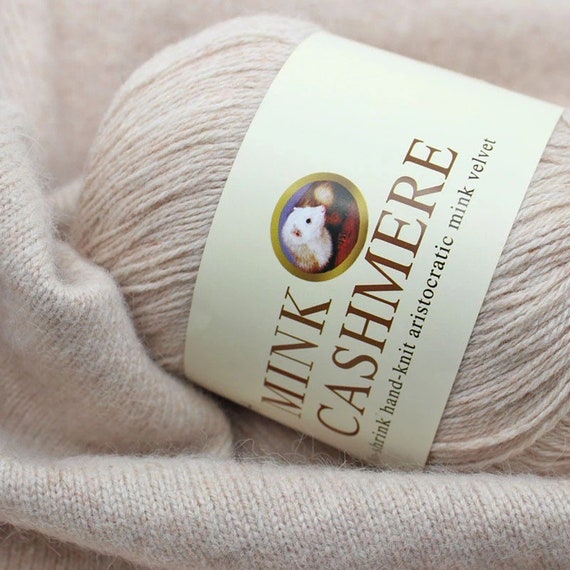What Is Cashmere and How Does It Compare to Other Fabrics?
What Is Cashmere and How Does It Compare to Other Fabrics?
Blog Article
Checking Out the Various Sorts Of Cashmere an All-natural Fiber for Ultimate Luxury
Cashmere, a natural fiber, is typically linked with deluxe and convenience. The extra budget-friendly Chinese cashmere, the typical Scottish version, and the premium Italian mix, all inform a various tale of this impressive fiber.
Understanding the Elegant Nature of Cashmere
Cashmere, typically connected with deluxe and comfort, holds a distinct allure on the planet of natural fibers. This soft, lightweight product is wanted for its exceptional heat and impressive longevity. Unlike various other all-natural fibers, cashmere combines insulation with breathability, supplying unmatched convenience across varying temperature levels. Its lustrous finish and soft texture add to its premium charm, justifying the costs cost that commonly includes cashmere garments. Additionally, cashmere's integral crease resistance and elasticity improve its charm, making it a favored choice for costs clothes and accessories. Regardless of its fragile appearance, cashmere has a shocking durability, able to retain its form and elegant feel with time. This distinct mix of attributes cements cashmere's setting as a symbol of elegance and indulgence.
Simply What Is Cashmere and Where Does It Originate from?

Cashmere is acquired from the soft undercoat of cashmere goats, primarily found in Mongolia, China, Iran, and Afghanistan. This meticulous procedure adds to the scarcity and high cost of cashmere. With its beginning in the harsh landscapes of Asia, cashmere is a testimony to nature's capacity to generate deluxe from difficulty.
Translating the Various Sorts Of Cashmere
Recognizing the various types of cashmere is key to appreciating the quality and one-of-a-kind characteristics of this elegant fabric. Typically, cashmere is categorized into 3 kinds: raw, virgin, and recycled. Raw cashmere is directly gotten from the goat and is unrefined. This type typically includes pollutants such as dust and rugged hair. Virgin cashmere, on the various other hand, is the pure, unrecycled material that is spun right into thread for the very first time. It is the softest and most extravagant. Recycled cashmere is made from virgin material that has actually been formerly utilized. It is re-spun and used in producing lower-cost cashmere items. Deciphering these types is the very first step in understanding the exclusivity and worth of cashmere.

The Special Attributes of Each Type of Cashmere
Having actually checked out the various categories of cashmere, it emerges that each type boasts its special set of qualities. Mongolian cashmere, for example, is renowned for its my explanation superior top quality, due to Mongolia's extreme winter seasons that generate longer and finer fibers. On the other hand, Chinese cashmere is frequently much more budget friendly, though check here its much shorter fibers can lower longevity. Scottish cashmere is celebrated for its elegant soft qualities, a result of the typical water washing process utilizing Scotland's soft water. Italian cashmere, on the other hand, is well-known for its skillful blending and coloring methods, providing it functional and dynamic. Last but not least, Indian cashmere, additionally called Pashmina, is treasured for its extraordinary agility and warmth. Each type, hence, adds to the material's reputation for luxury.
Why Cashmere Is the Embodiment of High-end in vogue
Cashmere holds an esteemed position in the world of style, pertained to as an icon of deluxe and class (is cashmere a natural fiber). Cashmere is acquired from the fine undercoat of Himalayan goats, understood for their premium top quality fiber. Cashmere's unrivaled convenience and resilience make it a desired product in the development of high-end garments.
The Refine of Making Cashmere: From Goat to Garment
The trip of cashmere, from straight from the source being an undercoat of a Himalayan goat to a glamorous garment, is a detailed one. With the development of spring, farmers in Mongolia and China collect the wool by combing the goats, making sure no damage is done. The obtained woollen includes crude outer hair and soft downy undercoat. This blend is then fastidiously divided, with only the soft down made use of for cashmere. This raw cashmere is cleaned, colored and rotated right into thread. The yarn is after that woven or weaved right into materials. The last action includes cleaning and pressing to give the textile its particular softness and heat. From goat to garment, each action is a testimony to the artistry, perseverance and skill associated with crafting cashmere.

Final Thought
In conclusion, cashmere, with its natural elegance and unrivaled comfort, preponderates in the globe of luxury fashion. The variety in kinds, ranging from the soft Mongolian, light-weight Indian Pashmina, affordable Chinese, conventional Scottish, to the vivid Italian, exposes the adaptability of this natural fiber. The meticulous process of transforming it from a goat to a garment even more includes in its exclusivity, making cashmere the embodiment of elegance and deluxe.
Cashmere, a natural fiber, is often linked with luxury and comfort (is cashmere a natural fiber).Cashmere, often connected with luxury and convenience, holds an unique allure in the globe of all-natural fibers. Unlike various other all-natural fibers, cashmere combines insulation with breathability, offering exceptional comfort across differing temperatures. Cashmere is acquired from the soft undercoat of cashmere goats, primarily found in Mongolia, China, Iran, and Afghanistan. Cashmere is obtained from the fine undercoat of Himalayan goats, known for their exceptional high quality fiber
Report this page